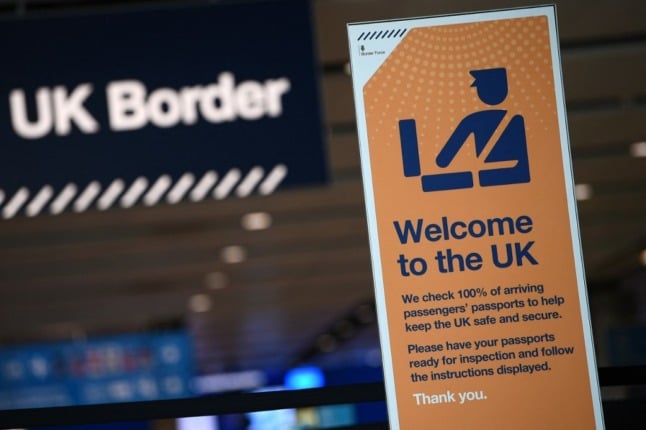Italy's Interior Ministry has announced that a new electronic 'tessera' or ID card will be available from January 2021 proving the rights of British citizens resident in Italy.
The card will be available to British citizens who have registered or applied for Italian residency by December 31st 2020.
READ ALSO: Italy confirms post-Brexit visa rules for British nationals
This is the long-awaited EU card that identifies the holder as having rights protected under the Withdrawal agreement.
“From January 1st, British citizens resident in Italy as of December 31st 2020 will be able to request, at the Questura (police headquarters) of their area of residence, a document in digital format based on the provisions of art. 18, paragraph 4, of the Withdrawal Agreement between the United Kingdom and the European Union,” read a statement from the Italian Interior Ministry.
“In line with the indications set at European Union level, the new digital document will guarantee easy recognition of the rights provided for by the Withdrawal Agreement in favour of British citizens who have registered their residence in Italy before 31 December 2020.”
The card will be valid for five years for those with less than five years residence at its date of issue, or ten years if you have permanent residence.
To apply, UK citizens will need:
- an identity card (carta d’identità) or passport
- your certificate proving you are registered in the anagrafe of your comune of residence (attestazione di iscrizione anagrafica, or attestazione di soggiorno permanente if you have that)
- if you recently applied to be registered as resident but do not yet have the certificate or attestazione from your comune, you will need to show a copy of your application to your local comune for registration (iscrizione anagrafica) as that will evidence you applied on or before December 31st 2020.
- 4 passport-sized photographs
“Also given how highly devolved much of the public administration in Italy is, it may be that in due course some officials will not accept that you are covered by the Withdrawal Agreement without it.”
The EU-wide card was announced after the Italian 'WA attestazione' document, which British residents in Italy have been advised to obtain in order to prove their residency status.
So should you apply for the card if you already have the 'WA attestazione'?
“In our view it is a good idea to get both the WA attestazione (from your comune) and the biometric tessera (from the Questura when it becomes available),” British in Italy said.
“The Italian Government has said that the WA attestazione was only a temporary document issued until the rules for the EU-wide tessera came out,” however, they note, “the WA attestazione is still valid and is still evidence that you are covered by the Withdrawal Agreement.”
READ ALSO:
- How to register for residency in Italy: A step-by-step guide for Brits
- How are Brits' rights to travel and move to Italy changing?
The European Commission announced early this year that it would create the EU-wide biometric residence document for all British nationals living in the bloc by the end of the post-Brexit transition period.
Under the terms of the Withdrawal Agreement, it is up to each EU country to decide whether to require UK nationals to apply and obtain a document proving their residence rights under the Brexit deal.
The EU-wide residence document is expected to have the same format in all member states, and will look much like residence permits for other third-country nationals.
Identity cards are commonly used in most European countries alongside passports, and are often needed when accessing public services.



 Please whitelist us to continue reading.
Please whitelist us to continue reading.
I have recently tried to purchase a car from a dealer, they have informed me that they require the new electronic residency. The Questura are overrun with immigrants seeking residency and have little or no time for genuine residents upgrading to the electronic version.